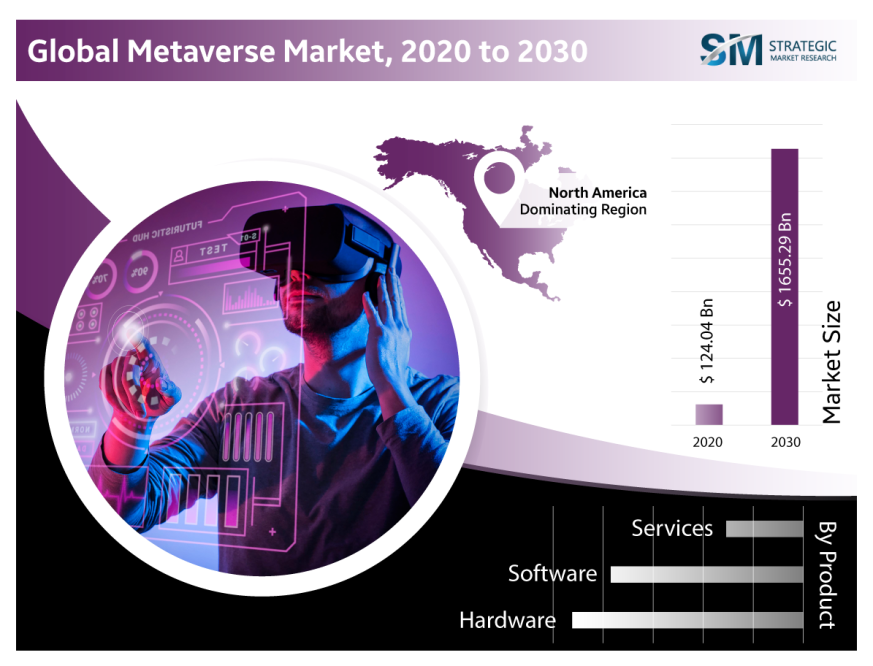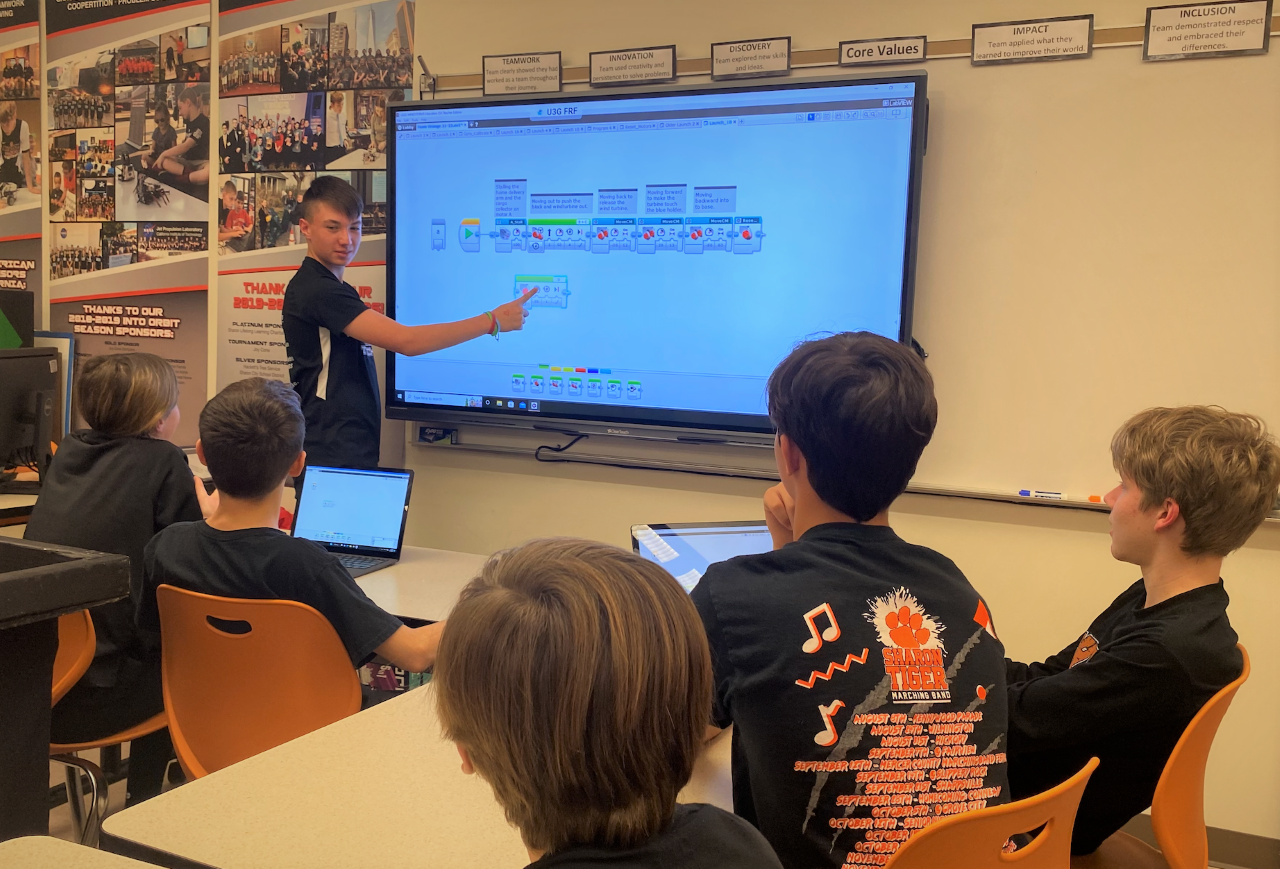Table of Contents
Dive Transient:
- Public acceptance of metaverse applied sciences for gaming, social media and studying is increasing, in line with a report launched Tuesday by KPMG. The agency polled 1,000 U.S. adults in July.
- Curiosity in digital work metaverse purposes was cited by 65% of respondents, and three-quarters stated the metaverse may enhance job coaching and better schooling.
- Regardless of majority curiosity within the metaverse, 4 in 5 respondents cited privateness and information safety considerations.
Dive Perception:
The metaverse isn’t starved for money — or firm hype.
Main manufacturers like Gucci, Chipotle, Vans and Nike have examined its digital waters, opening digital shops and branded areas within the world-building on-line sport Roblox. Fb’s guardian firm Meta has invested an estimated $21.3 billion in its Oculus merchandise and into growing metaverse expertise over the past decade, in line with a December Goldman Sachs report.
Forward of enterprise adoption, what’s missing is a transparent definition of what the metaverse truly is, together with a stable sense of whether or not the metaverse truly exists.
“Forrester’s name is that the metaverse — which we outline as a future 3D expertise layer of the Web — would not exist at this time,” J.P. Gownder, VP and principal analyst at Forrester, stated in an e-mail. “What we’ve got now are precursor experiences that may evolve right into a metaverse.”
Maturing the metaverse goes to take time and innovation, however the course of is underway. Gartner forecasts 2030 because the possible due date for a totally useful, interoperable metaverse with its personal digital financial system.
Within the interim, adjoining and supporting applied sciences — environmental mapping for robotics and autonomous navigation, edge computing and digital currencies — will lay the groundwork for what the metaverse will turn out to be.
“There are protocols that should be agreed upon, applied sciences that should be invented and bandwidth and latency challenges — a variety of unsolved issues which are going to current themselves in very speedy succession, one among which is safety round AI and defending self-learning methods from information poisoning assaults,” stated Cliff Justice, KPMG’s U.S. Chief of Enterprise Innovation.
Early indications are that person consolation stage with metaverse applied sciences will develop as digital and augmented actuality purposes proliferate. Prior expertise with metaverse applied sciences diminished however didn’t remove private information safety and privateness considerations amongst these surveyed.
“The safety facet of that is going to should evolve together with all the things else,” Justice stated. “It’s not nearly defending the perimeter; it is also about defending the info that the methods are ingesting and processing and studying from.”
Enterprise purposes for metaverse-adjacent applied sciences have already taken root.
VR and augmented actuality platforms that facilitate collaboration in 3D environments and digital twins that simulate processes in manufacturing, medical gadget improvement, development, energy plant operations and different complicated methods present glimpses of the metaverse’s potential.
The deployment of immersive applied sciences to offer digital excursions in actual property is an instance of a customer-facing use case that’s gaining traction.
“The largest use circumstances are most likely coaching, conferences, and collaboration,” Justice stated. “The gear, the connectivity and the bandwidth that it is advisable to have actually nice experiences in these environments are enhancing shortly.”
Most corporations don’t have a metaverse line merchandise of their budgets at the moment, however CIOs ought to discover metaverse precursors “as extensions of present rising expertise platforms,” Gownder stated.
“All in all, this is not a time for corporations to be taken in by hype,” Gownder stated. “They need to discover tangible situations, not obscure guarantees.”


